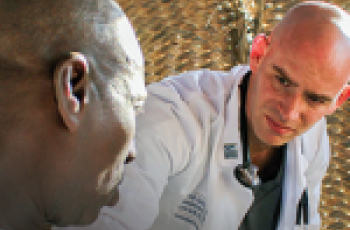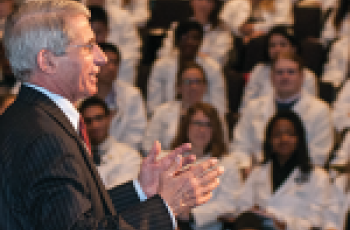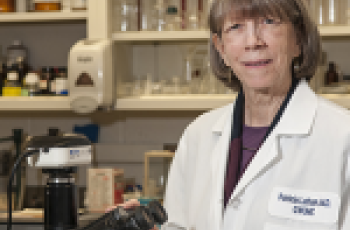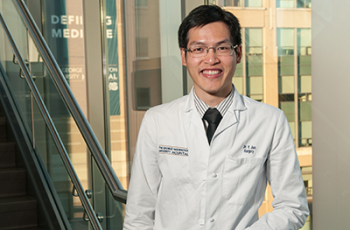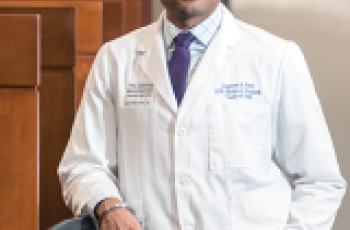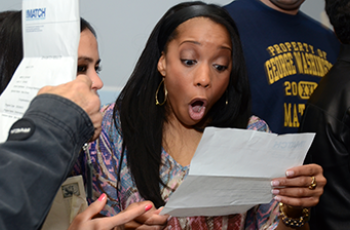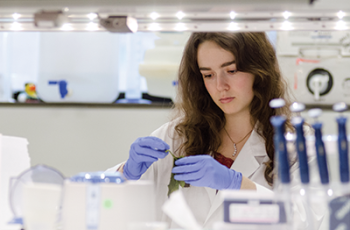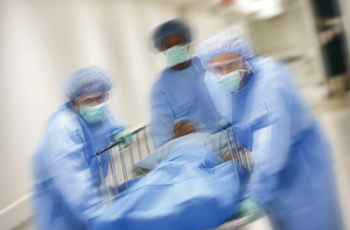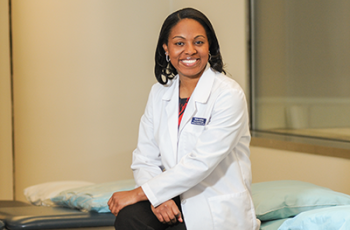Laura Otto
In January 2010, a devastating 7.0 magnitude earthquake, centered near the town of Léogâne, struck Haiti.
At the start of the 2014-15 academic year, incoming M.D. program students in the GW School of Medicine and Health Sciences (SMHS) began a rigorous journey that will ultimately lead them to careers in medicine.
For more than two decades, most of which has been spent on the faculty of clinical partners Children’s National Health System (Children’s National) and GW’s School of Medicine and Health Sciences (SMHS), Stephen J.
“Teaching is about communicating something that is complicated in a way that students can embrace and get excited about — and that excites me,” explains Patricia Latham, M.D., Ed.D., professor of pathology at the GW School of Medicine and Health Sciences (SMHS).
Fresh out of medical school and on the first assignment of his young medical career, Yen-Yi Juo, M.D., M.P.H., found himself aboard a minesweeper, responsible for the health of 75 sailors and crew members as a medical officer for the Taiwanese Navy.
When Jaspreet Suri arrived in Southern California as a 7-year-old in 1995, among his earliest experiences was a broken leg during school.
Afternoon tea is a time-honored daily British tradition. It’s an opportunity to sit, sip, and chat with friends or co-workers. Growing up in Cambridge, England, Douglas F. Nixon, M.D., Ph.D, is well acquainted with the custom.
An 89-year-old woman is airlifted to George Washington University Hospital (GW Hospital) suffering from degenerative disease — a gradual weakening of tissues and organs due to lifestyle choices and normal bodily wear and tear.
Brittne Jackson, M.P.H., fondly remembers Sunday afternoons spent with her grandmother Madeline Jackson, visiting her relatives at the local nursing home. “I vividly remember watching my grandmother with her sisters,” she recalls.

